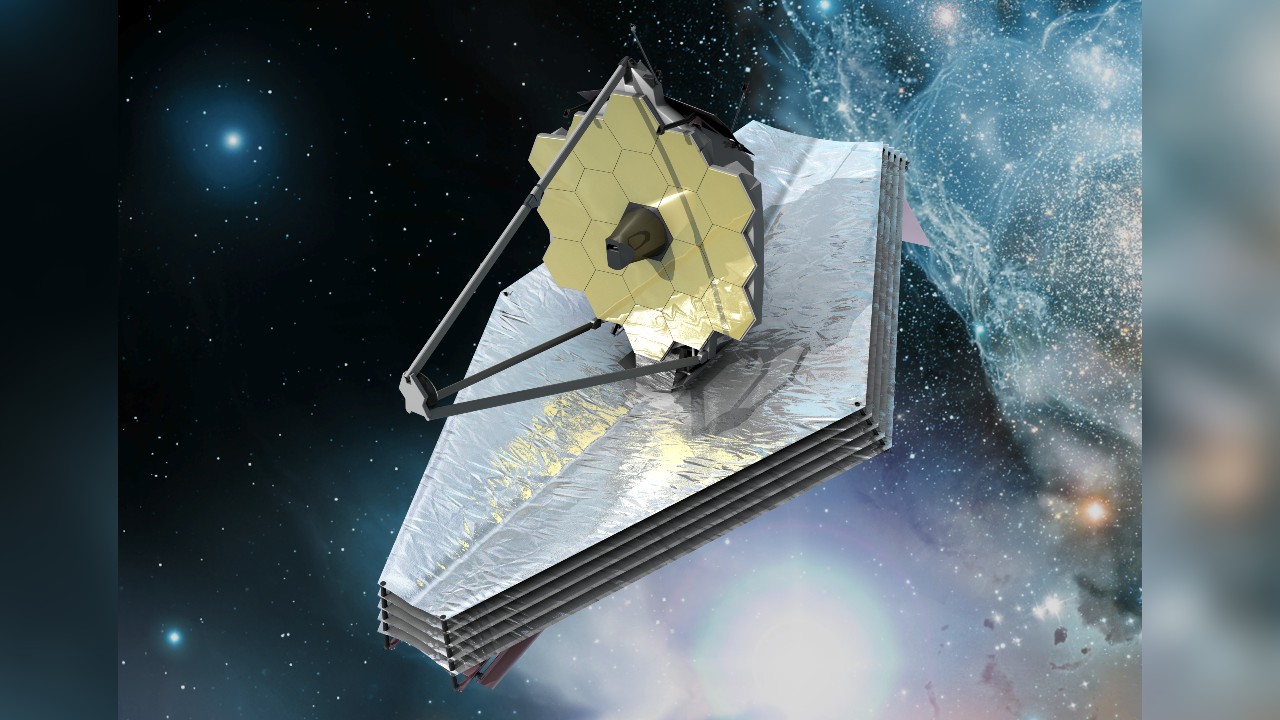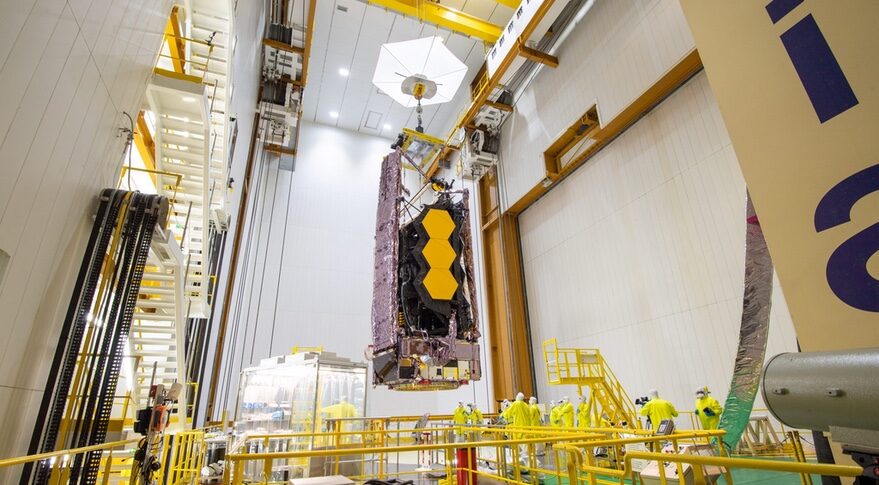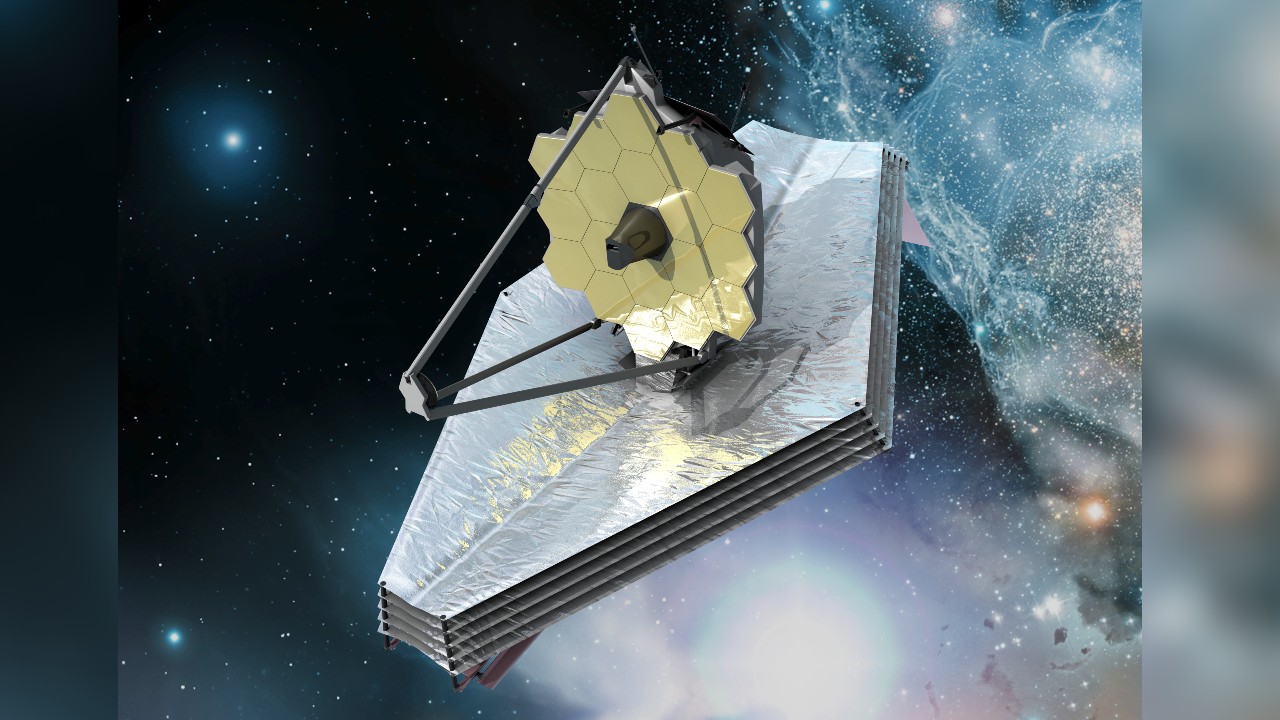
When Will The James Webb Space Telescope Take Its First Images?
With Webb on its way to L2, a lot of us are wondering when it will be fully operational. At that point, the telescope is expected to start collecting data and producing images showing distant celestial bodies and telling us a lot more about the history of the universe. However, the JWST still has a lot of steps even past the initial 30 days until it will be fully operational and ready.
The James Webb Space Telescope is expected to have its first science-quality images by the end of the third month after launching. In terms of being fully operational, Webb is expected to take right around 6 months after launch before being ready. Along with the initial 30-day deployment and propulsion, Webb needs to do additional tasks over the coming months prior to many of its goals.
It’s important to point out that the JWST has a lot of differences from other space telescopes such as the Hubble. Due to Webb observing infrared light the images it produces will be very different from what we have seen in the past. While the images may be different they are still expected to be uniquely beautiful and full of invaluable information for scientists around the world.
What Will The Images Look Like?

A lot of thought went into the type of telescope Webb should be. The Hubble Telescope observes primarily visible light and captured incredible images throughout its life. However, scientists knew how much they were missing because of the capabilities and type of telescope Hubble is. Using infrared light instead, Webb will be able to look much farther back than previous telescopes. Additionally, there is quite a lot of dust in space which Webb will see right through to capture stars forming inside.
Specifically, the infrared part of the spectrum is a great window into processes like star and planet formation because stars and planetary systems form from the dusty remains of previous generations of stars. Infrared light is scattered less by dust than shorter wavelengths of visible light so we can actually peer throughout dusty nurseries and observe new stars and planets in formation. Once looking into space the JWST will see some differences between celestial bodies such as stars and planets. Planets are cooler and don’t glow however they partially reflect the visible light from their parent stars. Through an infrared telescope, this makes them very bright and shine at infrared wavelengths. This is something that will be seen quite often in future images taken by Webb.
When Will It Happen?

Initial Month – Looking at the timeline of Webb, before any images are taken it must go through a long list of deployments and much more. The initial month hosts the majority of deployments along with the trip to L2. Specifically, the first two weeks are responsible for practically all the deployments across the telescope. Once the initial two weeks have passed the JWST is expected to be practically fully deployed and getting ready for its first images. During this time frame, the sun shield will be deployed shading the JWST from light and heat coming from the Sun, Earth, Moon, etc.
This will cause the telescope and scientific instruments to start to cool down rapidly in the shade of the sun shield. This cooldown process will take several weeks before Webb finally reaches stable temperatures across the telescope and necessary equipment. This cooldown will be carefully controlled with strategically-placed electric heater strips so that everything shrinks carefully and does not freeze as ice onto mirrors or detectors. If done too fast it could easily cause damage and degrade the performance of certain instruments. Soon the primary mirrors of Webb will unlock and will be verified that they can move. Lastly, towards the end of the first month, Webb will execute the last mid-course maneuver to insert into the optimum orbit around L2. During this time it will also power up the scientific instrument systems.
2nd to 4th Months – After the first month, if everything went according to plan, the James Webb Space Telescope should be fully deployed in orbit around L2. From here the focus shifts towards more fine movements and specific changes that will allow the JWST to take high-quality images. Specifically, it will start with initial optics checkouts and telescope alignment. Using the Fine Guidance Sensor, scientists will point Webb at a single bright star and demonstrate that the observatory can acquire and lock onto targets. Here they will take data mainly with NIRCam. It’s important to point out that at this point, while Webb is deployed, necessary aspects such as the primary mirror segments have yet to be aligned to work as a single mirror.
This will result in the first images taken by Webb around the end of the third month after launch. There will be up to 18 distorted images of the same single target star the JWST captures. From this point, NASA will embark on the long process of aligning all the telescope optics. This process begins with identifying which primary mirror segment goes with which image. They do this by moving each segment one at a time and engine a few months later with all the segments aligned as one and the secondary mirror aligned optimally. This initial image taken by Webb will be quite distorted but also a necessary piece of information used to calibrate and orient each of the 18 segments on Webb. Towards the end of the fourth month, Webb’s cooldown will effectively end and the cryocooler will start running at its lowest temperature along with MIRI starting to take good data.
5th to 6th Months – The first four months have passed and a lot has happened, now deployed, cooled down, and aligned, the JWST is getting close to ready for regular operations. This is where the work in months 5 and 6 begin. These months are dedicated to calibration and completion of commissioning. Here NASA will meticulously calibrate all of the scientific instruments’ many modes of operation while observing representative targets. Webb will demonstrate the ability to track moving targets. These are nearby objects such as asteroids, comets, moons, and planets in our own solar system. Here Webb will make Early Release Observations to be revealed right after commissioning is over. This is when we will be provided with what is expected to be truly incredible images from Webb. At this point, Webb will have checked off almost everything needed to be a fully operational telescope. This means these initial images will help showcase the capabilities of the observatory and what’s to come in the future. Finally, after six months of getting ready, Webb is ready for true science operations. It will begin its science mission and start to conduct routine science operations.
Conclusion
The James Webb Space Telescope is an incredibly unique and fascinating piece of equipment. After decades of work and billions of dollars the telescope has successfully launched and is headed to L2. Over the course of the next months, it will continue to deploy, align, calibrate, and much more. This will produce initial distorted images around 3 months after launch and the first quality image around 6 months after launch. These images while very different from what we normally see will likely be uniquely beautiful. In addition, they will provide countless amounts of information surrounding the universe and more. Before these first images are produced Webb still has a long way to go. We will have to hope for its success over the next few months and see its impact on the space industry and more.
